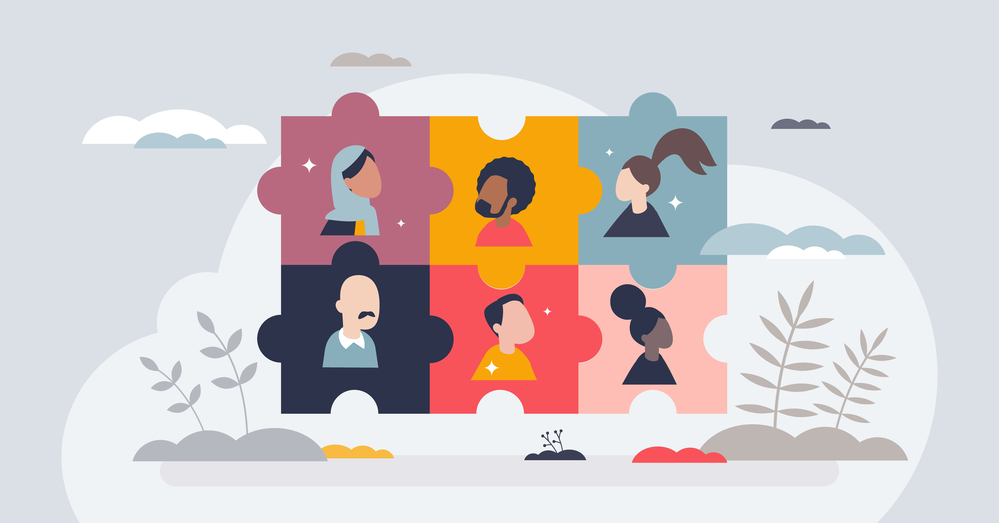We are diving deep into the crucial topic of creating an inclusive hiring process for candidates with disabilities. As organizations around the world strive to foster diversity and equity, it’s imperative that we address the unique challenges faced by this talented group of individuals.
Breaking Barriers: Why Inclusive Hiring Matters
In today’s fast-paced and interconnected world, the value of diverse perspectives and experiences cannot be overstated. An inclusive hiring process ensures that the workforce is representative of the broader community and harnesses a wide range of talents. By actively seeking candidates with disabilities, companies not only embrace a more comprehensive talent pool but also foster a culture of empathy, understanding, and innovation.
Steps to Building an Inclusive Hiring Process:
1. Awareness and Education
Before embarking on this journey, it’s crucial to cultivate awareness about various disabilities and the challenges candidates might face. Providing education and resources for your hiring team can help dispel myths and biases. Remember, creating an inclusive process begins with understanding.
2. Accessible Job Listings
Start by ensuring that your job listings are accessible to all. Use plain language, avoid jargon, and provide clear instructions. Additionally, offer alternative formats such as audio or easy-to-read versions to accommodate different needs.
3. Thoughtful Application Process
Simplify your application process. Avoid unnecessary hurdles that might discourage candidates. Ensure that your online forms are compatible with screen readers and that they’re navigable using keyboard shortcuts.
4. Flexible Interview Formats
Recognize that disabilities can vary greatly, so be prepared to offer a range of interview formats. Some candidates might prefer in-person interviews, while others might feel more comfortable with virtual options. Always ask candidates about their preferences and needs in advance.
5. Focus on Abilities and Accommodations
During interviews, shift the focus from the disability to the candidate’s skills and abilities. Inquire about any accommodations they might need to perform at their best. Be open to providing these accommodations, whether it’s assistive technology, extended time, or other adjustments.
6. Inclusive Language and Attitude
Train your hiring team to use inclusive language and adopt an open-minded attitude. This not only reflects positively on your company culture but also encourages candidates to express themselves freely.
7. Collaborate with Disability Organizations
Forge partnerships with disability organizations and advocacy groups. Their expertise can provide valuable insights and guidance on creating an inclusive process. Moreover, they might help you tap into a wider pool of talented candidates.
8. Feedback and Continuous Improvement
After the hiring process, gather feedback from both successful and unsuccessful candidates. This feedback loop can highlight areas where improvements are needed and can help refine your approach over time.
9. Celebrate Diversity
When you hire candidates with disabilities, celebrate their achievements and contributions openly. This not only fosters an inclusive work environment but also sends a powerful message about your commitment to diversity.
10. Ongoing Support
Remember that inclusivity doesn’t end with the hiring process. Ensure that your workplace is equipped to support employees with disabilities throughout their journey. This could involve accessible workspaces, ongoing training, and a supportive network.
The Power of Representation
When candidates with disabilities see themselves represented in an organization, it sends a powerful message of inclusion and acceptance. It fosters an environment where everyone can bring their authentic selves to work and contribute to their fullest potential. As leaders, it’s our responsibility to champion these efforts and shape a future where diversity isn’t just a buzzword but a living reality.
Conclusion
An inclusive hiring process for candidates with disabilities isn’t just about compliance, it’s about embracing the richness that diversity brings to our workplaces. By making deliberate efforts to accommodate and value the contributions of all individuals, we’re not only creating a more equitable society but also unlocking new realms of innovation and creativity.
If you have any questions or would like to share your thoughts and experiences with disability inclusion, please feel free to plan some time with me at BookTrish.com

